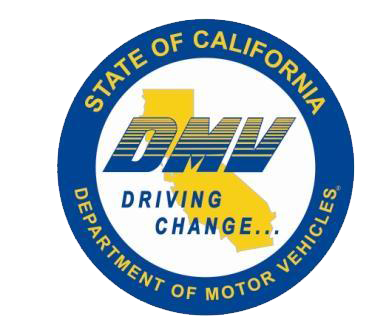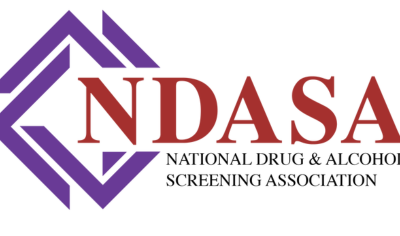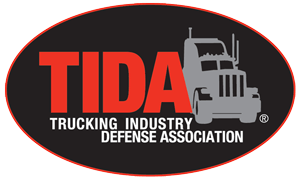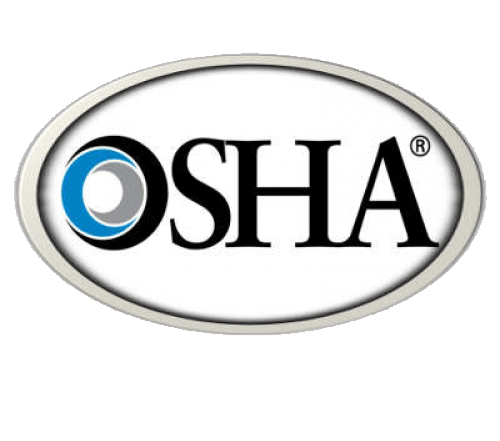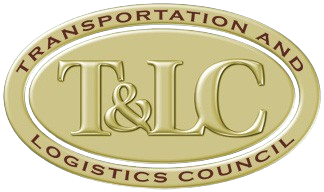What the Tightening Insurance Market Means for You and Your Business
If you’ve renewed your insurance policy recently, you may have been hit with some sticker shock: as the insurance market hardens in 2021, prices are rising rapidly. “It’s a hardening market…carriers are coming to us as they are seeing a 25-30 percent increase in commercial insurance premiums across the board,” said Eric Huff, President of Trinity Insurance Services LLC, the endorsed Insurance Service Provider for NorthAmerican Transportation Association.
What does this mean for you?
In addition to higher premiums, standards are also tightening, with underwriters scrutinizing carriers’ safety and compliance even more carefully. According to Huff, “Underwriters are looking at risk much more closely than they did in the past.”
It’s not just individual carrier risk that is important, but the type of trucks they operate and the industry they’re in,” Huff said. “Insurance is a business, and if they’ve found in the past that the payouts for certain vehicle types were too high, for example, they might decide to stop writing policies for those vehicles across the board.”
“This is why there aren’t a lot of options for Towing or Hazmat carriers right now. It’s a high risk that many insurance carriers don’t want to take.”
Improving Your Risk Profile is Key
Although you can’t control the insurance market, something in your control can help you secure coverage and get the best possible rates: improving your risk profile.
With high-risk pools often costing $100-200K a year more than a policy purchased through the standard insurance market, you’ll want to consider the following steps (at a minimum) to ensure you’re in a good spot before shopping around for coverage. “These state-funded insurance programs are the last resort for carriers who can’t get coverage elsewhere,” Huff said. “Insurance is a necessity, so these carriers often don’t have a choice…but the high costs can quickly put them out of business.”
#1: Look at your CAB and SAFER scores.
Each of these scores provides a public image of your company’s safety and compliance. If you’ve had recent driver or vehicle violations, they’re going to appear here.
#2: Evaluate your loss history.
Your total incurred claims shouldn’t be more than the amount you paid for coverage in any given year. PLUS, insurance companies also have to pay costs to underwrite, purchase reinsurance, and adjust claims on top of claim payments.
Remember: insurance companies are a business, and if they think they’re going to lose money on you, they’ll be less likely to provide you a quote. Or, if they do quote, they will charge you far more than you would like to pay. Simply put, insurance companies will charge you what they believe it will take to make money on you. Therefore, insurance companies usually price what they view as the best-performing carriers at two times the expected or average annual claim costs. For those they believe to be poorer performing carriers, the costs are often three to four times the expected or average claim costs.
#3: Perform a comprehensive audit of your current safety and compliance processes.
“A big part of what we do at Trinity is performing mock audits for carriers to ensure they don’t have any compliance and safety gaps,” Huff said. “If there are gaps – that’s where NTA steps in. Together, we can help ensure motor carriers are operating compliantly.”
#4: If needed, establish a risk management plan.
The Central Analysis Bureau (CAB) and the Safety and Fitness Electronic Records System (SAFER) has all the data that insurance companies need to analysis your company.
Huff recommends putting a risk management plan in place before shopping for insurance if a company’s CAB or SAFER score is a concern. “Even if their scores aren’t great, if carriers can prove that they have a plan for improving their safety and compliance, and have shown they are serious about following through, it can drastically increase their odds of getting coverage.”
#5: Implement an MVR Monitoring program.
Insurance companies look upon these programs like CDL Legal and Carrier Guard, (another NTA Service) very favorably because they help motor carriers manage driver risk effectively and often result in lower insurance premiums. “Companies are required to pull an MVR annually as a best practice, but what about the other 364 days those drivers are out on the road,” Huff said. “That provides a lot of opportunities for violations to occur that an employer may not be aware of.”
According to Wayne Schooling, a well-known Certified Practicing Safety Administrator, CPSA, “Risk Profile Improvement is a simple concept, but it is more complex to implement. As the expression goes, the devil is in the detail.”
He goes on to explain that each insurance company has established their minimum criteria to insure transportation companies. If you do not meet these minimums, insurance companies will decline to quote your insurance. So, the more you do beyond the minimums, the greater you will improve your risk profile and reduce your insurance costs. “If you can get insurance companies to believe you can mitigate future claims, they will discount those claims that did occur in the past and provide you with lower rates than your claims’ data merits from a straight actuarial math standpoint,” he said. “You can influence the assumptions an underwriter uses to set up the actuarial math calculation of your premium.”
However, just having policies and procedures written down on paper is not enough. “Insurance companies live by the rule ‘Trust, But Verify’,” he said. “They will want to see proof of proactive programs, how they are managed, what decisions are being made, and what steps are taken when things pop up.”
For example, if your telematics shows a driver that repeatedly speeds excessively, or their monitored motor vehicle report has repeated significant speeding violations, and your files show no actions of discipline or termination of such a “poor driver,” the insurance companies will not believe that you use any of the Risk Profile Improvement programs you say you have implemented.
“Unfortunately, insurance companies do not care that drivers are hard to find,” Schooling said. “Insurance companies continually state that poor drivers and poor risk management processes lead to more claims, and they will act accordingly when it comes to quoting and pricing insurance policies.”
History tells us that these challenging market conditions could stick around for a while, as the last few hard market periods lasted an average of three years. With that in mind, it’s essential to take whatever risk mitigation steps you can to improve your likelihood of securing insurance – and getting the best possible rate for your business.
Don’t get caught off guard, not by not knowing what’s going on in regards to your drivers. This could have very serious ramifications for your business.
For example, A Nassau County, Fla., jury on Aug. 20, 2021 issued a total of $1 billion in monetary damages against two motor carriers that were declared negligent for their role in a pair of 2017 crashes on the same night and near the same location.
Prior to the crash, one truck driver had already amassed a long list of moving violations, including running weigh stations, logbook violations, rear-end crashes, distracted driving, following too closely, and a speeding violation for traveling 95 mph on I-95, according to plaintiff attorney Curry Pajcic of Jacksonville, FL
Content Disclaimer: Due to the constantly changing nature of government regulations, it is impossible to guarantee the total and absolute accuracy of the material contained herein or presented. NorthAmerican Transportation Association (NTA) cannot and does not assume any responsibility for omissions, errors, misprinting or ambiguity contained. NTA shall not be held liable in any degree for any loss, damage or injury caused by any such omission, error, misprinting or ambiguity present. It is made available with the understanding that NTA is not engaged in rendering legal, accounting or other professional service. If legal advice or other expert service is required, the services of such a professional should be sought.



